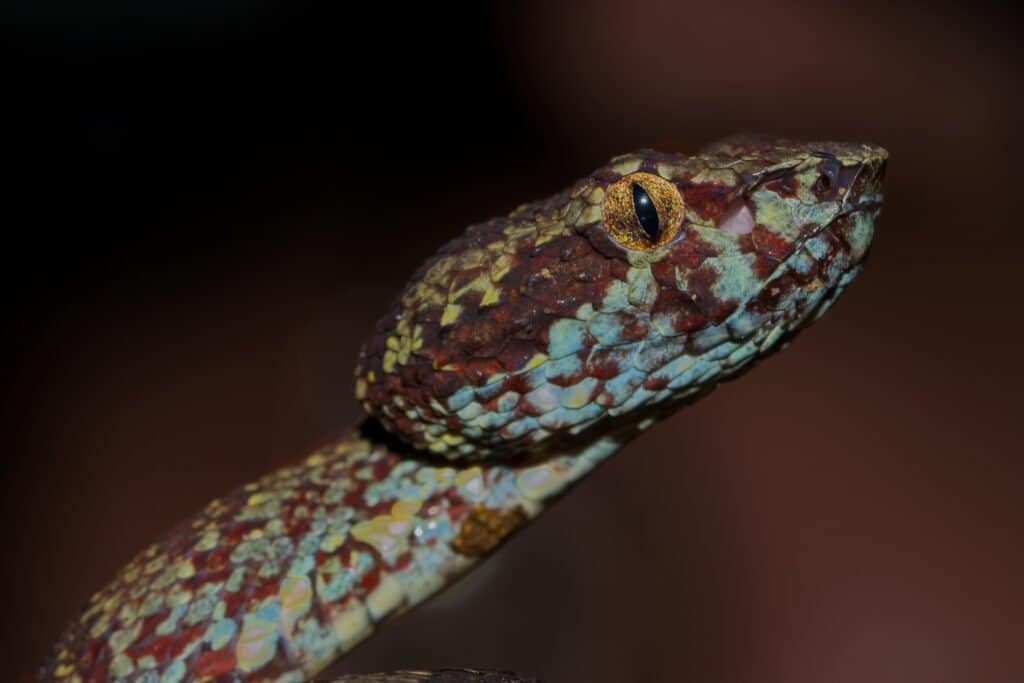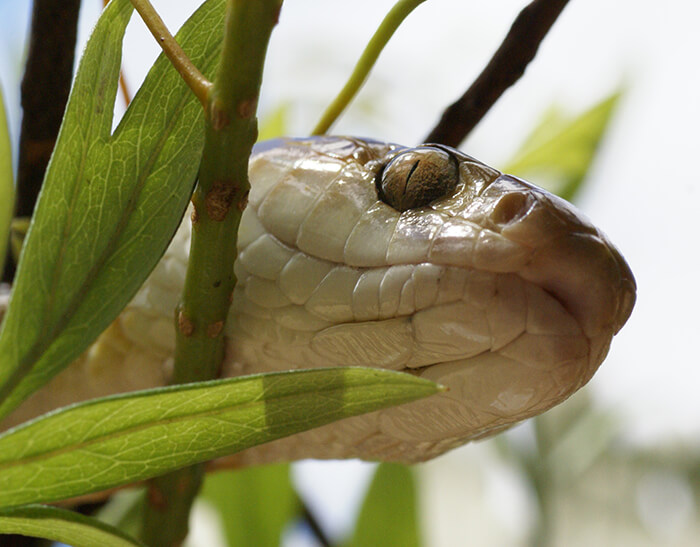Introduction
Snake bites are a major medical emergency that can happen in different environments, especially in regions where snakes are prevalent. In Australia alone, there are numerous varieties of poisonous snakes such as the Tiger Snake, Eastern Brown Serpent, and King Brown Snake. Understanding just how to efficiently handle serpent bites tiger snake bite is important for any person who hangs out outdoors or lives in backwoods. This write-up will discover detailed emergency treatment monitoring methods for serpent bites and detail best techniques for responding to these incidents.
First Aid Monitoring of Serpent Bites: Ideal Practices for each Situation
When taking care of a snake bite, the initial action can significantly impact the target's result. Immediate activity is critical because swift medical intervention usually establishes the extent of injury or survival price. Below are essential first aid concepts to bear in mind:
Stay Calm: The first step in managing a snake bite is to stay calm. Panic can elevate heart prices and boost the spread of poison throughout the body. Call for Help: Dial emergency services promptly. Offer them with your location and any kind of information concerning the serpent if possible. Keep the Target Still: Urge the victim to remain as still as possible. Motion can raise blood circulation, accelerating venom absorption into the bloodstream. Positioning: If possible, position the afflicted arm or leg at or listed below heart degree. This positioning assists slow down poison spread. Remove Tight Clothing: Loosen up any clothes or precious jewelry around the bite site; swelling might occur quickly after a snake bite. Do Not Apply Ice/Cold Packs: Contrary to common belief, using ice can worsen cells damage and ought to be avoided.Understanding Snake Types and Their Habitats
Tiger Serpents and Their Habitat
Tiger serpents (Notechis scutatus) are amongst Australia's the majority of notorious venomous snakes because of their hostile nature and powerful venom.
- Habitat: They generally inhabit coastal areas, marshes, and areas with dense plants like marshes and swamps. Risks: Recognition of local tiger serpent habitats can decrease the threat of coming across one unexpectedly.
Eastern Brown Snakes: A Significant Threat
The Eastern Brown Serpent (Pseudonaja textilis) is one more very venomous types found throughout eastern Australia.
- Habitat: This snake grows in metropolitan areas, agricultural lands, and grasslands. Behavior: Understood for its fast strikes when threatened, comprehending its behavior might assist minimize encounters.
Recognizing Signs and symptoms of Snake Bites
Identifying symptoms beforehand can boost opportunities of reliable treatment:
Local Symptoms:
- Pain and swelling around the bite site Discoloration or bruising
- Nausea or vomiting Difficulty breathing Signs of shock (e.g., pale skin, quick heartbeat)
First Aid Methods for Particular Snake Bites
First Aid for Tiger Serpent Bite
In instance of Poison Control a tiger snake bite:
Stay tranquility; keep still. Call emergency situation services immediately. Immobilize the influenced limb making use of a splint if available. Do not attempt to suck out poison or use ice.First Help for Eastern Brown Serpent Bite
For an eastern brown snake bite:
Keep tranquility; guarantee the victim. Call emergency situation services without delay. Position them comfortably while staying clear of movement. Mark the sides of swelling with a pen if possible for observation.Creating Your Serpent Bite Emergency Treatment Kit
A well-prepared emergency treatment package can make all the difference throughout emergencies:
|Product|Objective|| -------------------------------|---------------------------------------------------|| Compression plasters|To paralyze arm or legs|| Sterile gauze|To cover injuries|| Antihistamines|For allergies|| Emergency situation contact numbers|Quick gain access to throughout dilemmas|| Instruction manual|Step-by-step advice on taking care of emergencies|

What Should You Never Do When Treating a Serpent Bite?
Epidemiology of Snake BitesHere's a listing of typical mistakes when treating serpent attacks:
Do not use tourniquets; they can create more injury than good. Avoid cutting right into or attempting to suck out venom from the wound. Never give alcohol or stimulants to targets as it could intensify their condition.FAQs Regarding Emergency treatment Administration of Snake Bites
1. What should I do if I see a snake?
Stay calm and back away gradually without abrupt movements.
2. How do I identify if a snake is venomous?
Research regional varieties' characteristics; numerous have distinctive color patterns or markings.
3. Can I use ice on a snake bite?
No, using ice can enhance tissue damage.
4. The length of time do I have after being bitten before seeking clinical attention?
Seek clinical interest promptly-- time is vital with venomous bites!
5. Is it risk-free to drive myself to the hospital after a bite?
No! It's risky as symptoms may aggravate en route; await specialist help.

6. Are all snakes in Australia dangerous?
No! While Australia has several dangerous snakes, there are also non-venomous species that pose no threat.
Conclusion
The first aid administration of snake bites requires punctual action integrated with expertise concerning neighborhood species' actions and habitats like those of tiger serpents and eastern brownish snakes in Australia. By adhering to best methods outlined above-- such as staying tranquility, calling emergency situation solutions quickly, and recognizing what not to do-- you significantly improve survival chances after such mishaps occur.

Equipping yourself with expertise about different types of snakes in your location and preparing a proper emergency treatment package will ensure you prepare should an experience develop-- making you better prepared to handle this possibly serious circumstance effectively!